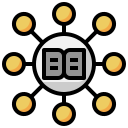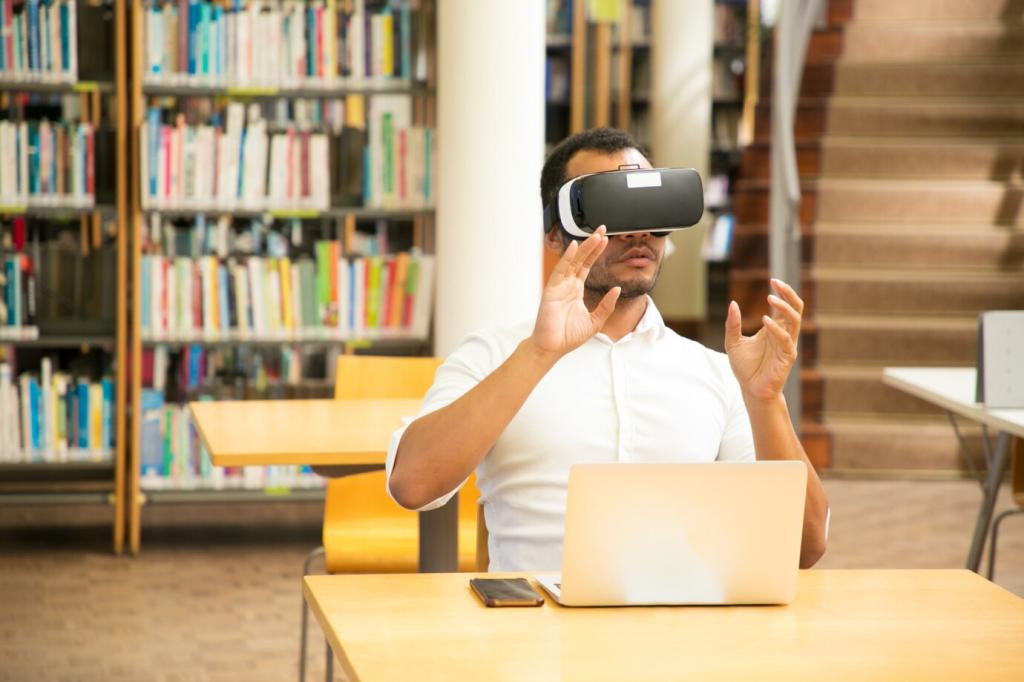Practical Integration Strategies for Teachers
Create a five-minute routine where students generate questions, scan an entry, and capture two verified facts plus one lingering wonder. The rhythm builds stamina and normalizes exploration without derailing lesson pacing.
Practical Integration Strategies for Teachers
Assign a short encyclopedia section as a primer before instruction. Students arrive with shared background, enabling richer discussion, better misconceptions spotting, and more time for application, debate, and creative synthesis during class.
Practical Integration Strategies for Teachers
Invite small groups to annotate entries, highlight claims, and attach supporting sources. Compile a rotating class bibliography, then publish a living resource hub where contributions are celebrated, revisited, and continuously improved together.
Practical Integration Strategies for Teachers
Lorem ipsum dolor sit amet, consectetur adipiscing elit. Ut elit tellus, luctus nec ullamcorper mattis, pulvinar dapibus leo.





